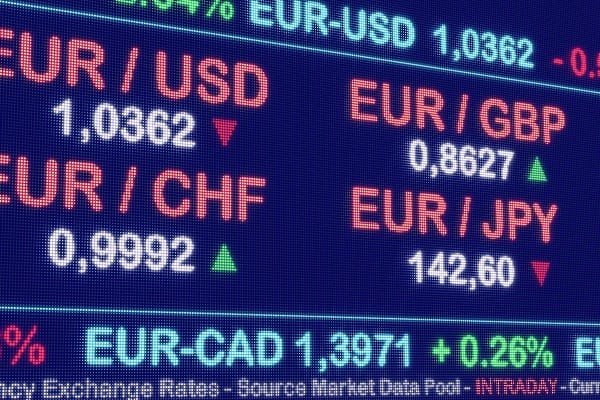Euro is heading to reduce the losses it suffered today and is consolidating near the level of 1.08523 at approximately 10:30 a.m. GMT, that is, with losses of 0.02%, after reaching the level of 1.08414 earlier this morning.
A slightly better-than-preliminary final reading of Eurozone services PMIs helped support the euro, which in turn also appears to be ignoring a larger-than-expected contraction in producer prices and a violent contraction in French industrial production.
The final reading for February for Germany, France, Spain, and the Eurozone was slightly higher than the preliminary reading. Although the difference between the preliminary and final readings may not seem significant, it means that services activities in the largest Eurozone economies are getting closer and closer to turning towards stability and growth.
Indeed, the Eurozone showed more positive signs despite the continued contraction and weak demand, with the level of confidence in Germany, France and the entire region rising to its highest in more than half a year. The rise in confidence in the ability to grow during the coming year was reflected in more employment in the services sector.
While Spain and Italy continued to record growth in service activities, which contributed to pushing service outputs in the Eurozone in general to expand in February.
Today we also witnessed a larger than expected contraction in Producer Price Index (PPI) in the Eurozone. Prices contracted by 0.9% and 8.6% on a monthly and annual basis, respectively, in January, driven by a decline in energy prices as well as intermediate goods, according to Eurostat.
However, excluding energy items, core producer prices rose for the first time in a year by 0.2% on a monthly basis.
Also, early this morning, we saw a sharp, larger-than-expected contraction in industrial production in France of 1.1% month-on-month, the fastest pace in a year.
As for bond markets, the continued decline in Eurozone bond yields, led by Italian bonds, which are at their lowest levels since the days, has prevented the euro from turning to gains as well.
The yield on German ten-year bunds is hovering near the level of 2.364%, while the yield on Italian bonds fell to its lowest level in more than a month to 3.762%. However, US Treasury bond yields for the same term are also slightly near the lowest levels in about two weeks.






Leave a Comment